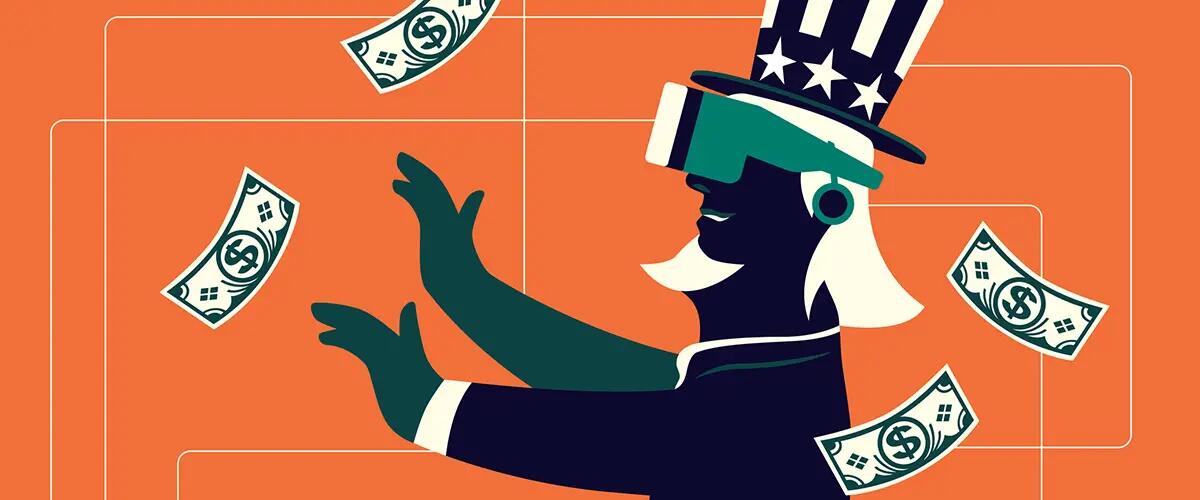
Bonds know best: From amber to red alert in seven days
By Farrokh Langdana, Director, Executive MBA Program & Professor of Finance and Economics
At the end of a webinar I delivered in February on Trump Economics 2.0: The promise, and the reality, I warned to watch the bond market to see how the economy would react. Here we are in May, and I was right, "bonds do indeed know best!"
Please remember that the US Treasury bond market is not a market that can be threatened, fired, deported, bullied or cowed into submission. It is reassuringly (and mercifully) endogenously driven.
Here is a summary of where we are today: The US deficit/GDP ratio recently surged from around 6.6% of GDP to 7.6% of GDP IN ONE WEEK. Anything over 5% is non-sustainable —so we went from "amber" to "red" in seven days. Personally, I have never seen anything like this.
This means that the probability of future budget deficit monetization (future crazy printing of money to fund the deficit) is higher. In fact, just this week there was news of an "anemic" auction of US Treasurys [see Financial Times], which showed that the rest of the world is not rushing to lend to Uncle Sam. This all means that long-term interest rates will inch up further. Or “the long end” of the yield curve will rise á la “The Fisher Effect,” an economic theory that explains the positive correlation of long-term interest rates with expected (future) inflation.
Why? Just think about it. If you were a lender, lending, say, $800,00 for ten years, wouldn't you add another premium to your lending rate, knowing that when the borrower pays you back in the future, that money may be worth a lot less due to higher inflation at that time?
So, the long-term rates rise as budget deficits go deeper into the red zone — as we get more non-sustainable. And then, as long-term rates rise, so do borrowing costs for Uncle Sam, and this pushes the deficit even higher, and the forest fire gathers momentum...
We ended the webinar with "listen to the bond market" and now it may be time. To paraphrase my dear Rutgers EMBA friend and alum from many years ago, Dr. Jed Kwartler, “We hear the warnings, but are we listening?”
See more of Professor Langdana's blogs and articles, including his Fireside Chats, pertaining to current global fiscal and monetary policy analyses, click here.
Dr. Farrokh Langdana is a professor of finance and economics at Rutgers Business School, and director of the globally ranked Rutgers Executive MBA Program—The Powerhouse. He is the recipient of more than 30 teaching awards, including the highest possible teaching award at Rutgers University – the Warren I. Susman Award. All the opinions and analyses expressed here are his, and not necessarily those of Rutgers Business School.
Press: For all media inquiries see our Media Kit


